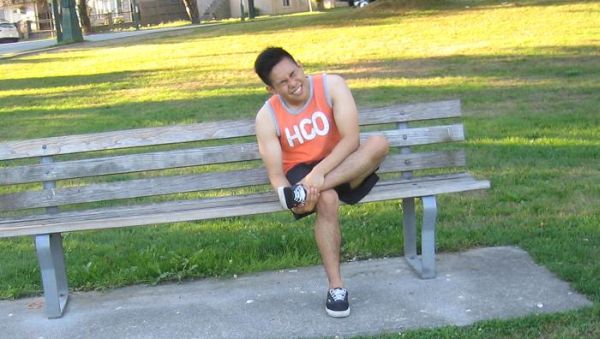Gout is considered as a form of arthritis characterized by abrupt, intense episodes of pain, redness, tenderness, swelling and warmth in some joints. In most cases, it often affects one joint at a time but can involve a few or several. The big toe is commonly affected but can also affect other joints in the leg.
Symptoms
- Abrupt, severe joint pain that initially occurs early in the morning
- Reddened or purplish skin surrounding the affected joint
- Tender, swollen joint that is warm to the touch
What are the causes?
Gout develops due to the abnormal deposits of sodium urate crystals around the joint cartilage. Take note that sodium urate is formed from uric acid which is naturally present in the body. Certain foods contain substantial amounts of uric acid such as internal organs and red meats, anchovies and some types of shellfish.

Excessive consumption of alcohol and diet can contribute to the development of the condition.
The amount of uric acid in the blood changes depending on the following:
- Weight
- Efficiency of the kidneys in eliminating uric acid from the blood
- Foods in the diet
- Overall health
- Sudden sickness
- Medications taken
- Amount of alcohol consumed
Remember that not all individuals who have elevated levels of uric acid will end up with gout. The ability of the kidney to eliminate uric acid is partly determined by heredity. On the other, even if someone in the family has gout, it does not mean that everyone will have the condition. Oftentimes, heredity is modified by the risk factors that affect the uric acid as well as the age and gender.
Frequency of attacks
The episodes of gout can recur from time to time in the same joint or another one. The initial attack can last for several days up to 2 weeks unless properly treated.
Over time, the attacks can occur more often, involving several joints with severe symptoms as well as lasting longer. The repeated attacks can eventually damage the joint. After some time, lumps of uric acid called tophi develop close to the joints, within bones or in the skin.
Treatment for gout
Take note that there is no cure for gout but can be managed. The symptoms evidently improve within 24 hours after treatment has started. The attacks can be prevented with proper therapy to minimize the level of uric acid in the blood.
The treatment given depends on various factors including the age, overall health, type of medications currently used, medical history and severity of the gout attacks.
Anti-inflammatory drugs
These drugs work by reducing the pain and swelling. They are continued until the attack fully resolves.
- Non-steroidal anti-inflammatory drugs (NSAIDs) – prescribed to manage abrupt and severe gout attacks by reducing the inflammation and pain within hours.
- Corticosteroids – prescribed for individuals who could not use NSAIDs. These work by reducing the inflammation and usually administered into the affected joint or taken orally.
- Colchicine – given in low doses for an extended period of time to minimize the risk for recurrent gout attacks.

